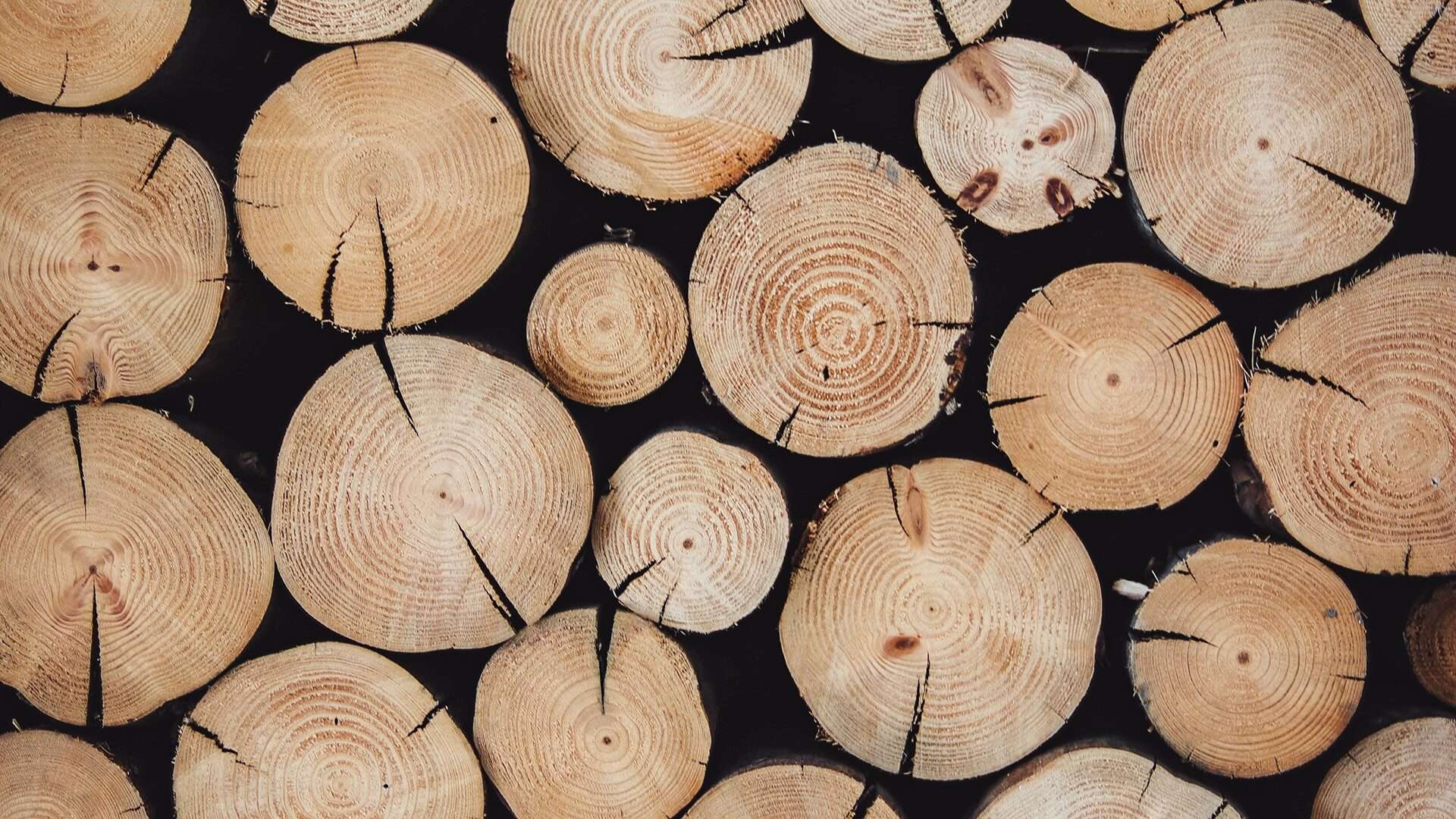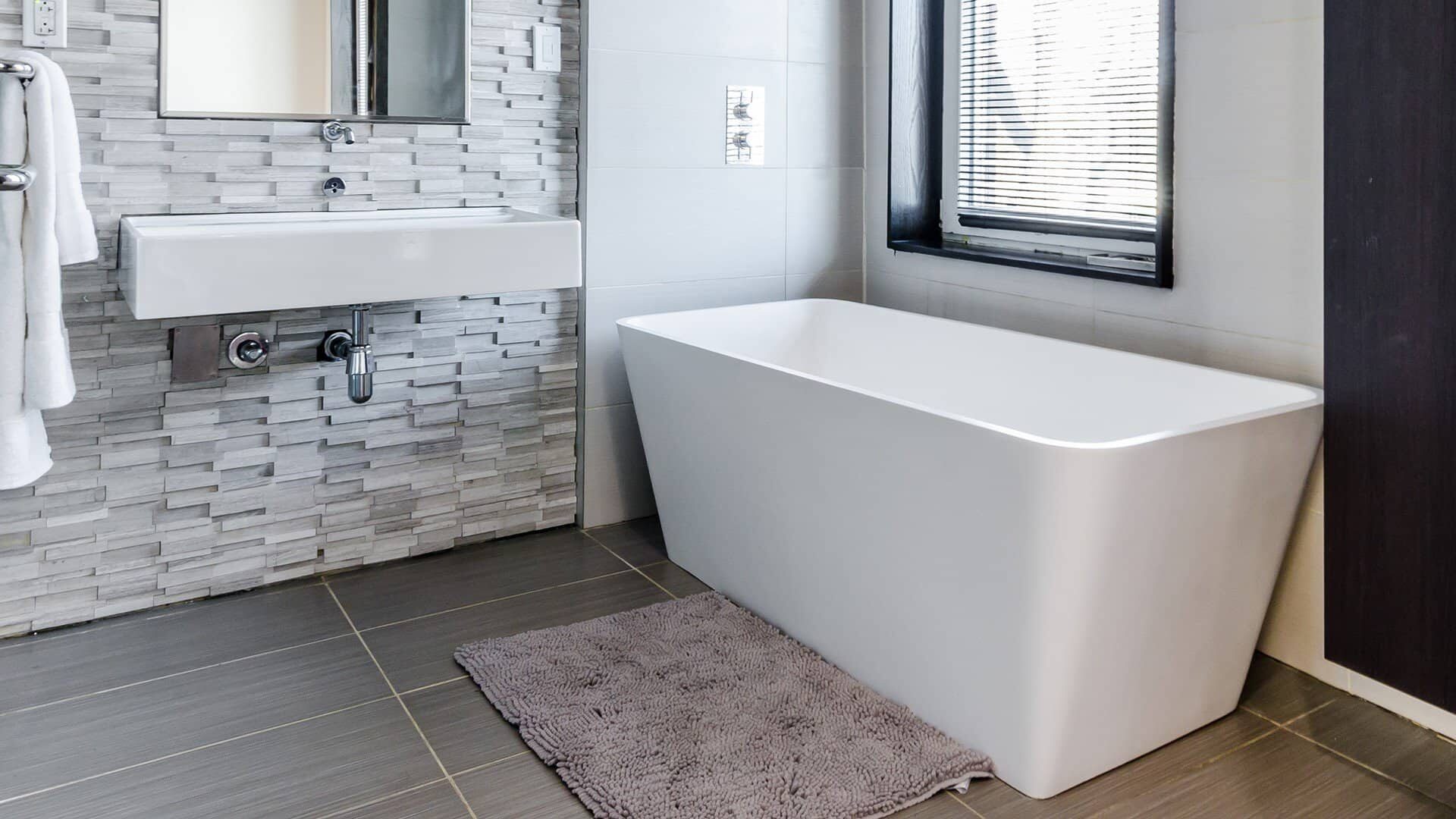Mold is a fungus that can grow almost anywhere, and it often thrives in moist environments. If you have mold on your wood, it is important to take steps to remove it as soon as possible. Not only is mold unsightly, but it can also cause health problems. In this article, we will teach you how to remove mold from wood using safe and effective DIY methods.
Table of Contents
What is Mold?
Mold is a type of fungus that can grow both indoors and outdoors. Mold often thrives in moist environments, such as bathrooms, kitchens, basements, and laundry rooms.
Mold reproduces by releasing spores into the air. These spores are invisible to the naked eye and can be inhaled, which can cause health problems.
Some people are more sensitive to mold than others and may experience symptoms such as a runny nose, coughing, sneezing, watery eyes, and difficulty breathing. In extreme cases, mold exposure can even lead to pneumonia or other serious respiratory illnesses.
Mold can grow on a variety of surfaces, including wood. When mold grows on wood, it can cause discoloration and damage to the wood. If left untreated, mold can eventually cause the wood to rot.
To prevent mold from growing on your wood, it is important to keep your home clean and dry. You should also repair any leaks as soon as possible and make sure that your home has adequate ventilation.
Now that we understand how mold grows, let’s discuss the types of mold that can grow on wood.
Types of Mold
There are many different types of mold, but not all of them will grow on wooden surfaces. The three most common types of mold that grow on wood are black mold, white mold, and green mold, as well as mildew.
Black Mold
Black mold is the most dangerous type of mold and can cause health problems. Black mold often has a greenish-black or brown color and a musty smell.
This mold can be difficult to remove and should only be done by a professional if you think that it may have spread to other areas. Removing it yourself can cause the mold to spread and make the problem worse.
White Mold
White mold is less dangerous than black mold, but it can still cause health problems. This mold often has a white or gray color and a fuzzy or powdery texture.
This mold is often found in damp or humid environments, such as basements or bathrooms.
Green Mold
Green mold is the least dangerous type of mold but can still cause damage to wood. This mold often has a green or yellow color and a slimy texture.
This mold is most common on food, such as bread or cheese. However, they can also grow on wood. Green mold can still cause health problems, so it is important to remove it as soon as possible.
Mildew
Mildew is different from mold because it is caused by a different type of fungus. Mildew often has a white or gray color and a powdery texture.
As opposed to other types of mold, mildew is relatively easier to get rid of. They don’t typically penetrate the wood surface, so they can be removed with a household cleaner, such as bleach, vinegar, or baking soda.
Now that we know the different types of mold, let’s discuss how to remove mold from wood.
Tools Required
Before you begin, you will need to gather the following materials:
- Rubber gloves
- Protective eyewear
- N95 respirator mask
- Mold removal solution (bleach, vinegar, or baking soda)
- Cleaning cloths
- Scrub brush
- Sponge
- Spray bottle
- Vacuum with HEPA filter
- 100-grit sandpaper (if necessary)
Preparation Steps
Before you begin, it is important to take the following safety precautions:
- Open windows and doors to ventilate the area.
- Wear rubber gloves, protective eyewear, and an N95 respirator mask.
- Cover any carpeted areas with plastic sheeting.
- Remove all items from the area, including furniture, plants, and rugs.
Before You Begin
Before you begin cleaning, you will need to identify the source of the mold. The mold could be growing on the surface of the wood or it could be growing underneath the finish.
If the mold is growing on the surface of the wood, you will need to sand off the top layer of wood until you reach clean, bare wood. If the mold is growing underneath the finish, you will need to remove the finish.
Once you have identified the source of the mold, you can begin cleaning.
DIY Cleaning Options
There are several ways to remove mold from wood, both natural and chemical.
Bleach
Bleach is a common household cleaner that can be used to kill mold. To use bleach, mix one part bleach with three parts water. Then, using a sponge or cleaning cloth, apply the solution to the moldy areas and scrub until the mold is gone. Once you are finished, rinse the area with clean water.
Chlorine bleach is the most effective type of bleach for mold removal. However, it is also the most dangerous. Be sure to use gloves and protective eyewear when handling bleach. You should also open windows and doors to ventilate the area while you are cleaning.
Vinegar
Distilled white vinegar is a natural disinfectant that can be used to remove mold. To use vinegar, mix one part vinegar with three parts water. Then, using a sponge or cleaning cloth, apply the solution to the moldy areas and scrub until the mold is gone. Once you are finished, rinse the area with clean water.
Vinegar is a weak acid, according to the definition. It’s also quite successful in eliminating mold and mold spores. It’s also stronger than vodka and alcohol, making it an excellent choice for mold that has spread into the wood.
Detergent
Another excellent mold remover for wood is a cleaning solution of detergent, which is also a surfactant. Liquid dishwashing detergent is a surfactant and can enhance the performance of other chemicals, such as bleach, ensuring a thorough fungicidal effect on the wood mold.
Borax
Borax is a natural mold and fungus killer. It doesn’t generate any poisonous gases, but its solution will harm porous wood. As a result, you should only utilize borax on a non-porous wooden surface.
Hydrogen Peroxide
Because of the high antimicrobial activity, this chemical is frequently used in cleaning products. It will not only destroy wood mold but will also disinfect the wood.
How to Remove Mold from Wood
Once you have decided on the cleaning solution you will be using, you can begin removing mold from wood.
Step 1: Wear Protective Gear
Before you begin, be sure to put on rubber gloves, protective eyewear, and an N95 respirator mask. You will also need to cover any carpeted areas with plastic sheeting.
If you’re working with harsh chemicals, like bleach, be sure to ventilate the area by opening windows and doors.
Step 2: Remove All Items from the Area
Remove all items from the area, including furniture, plants, and rugs.
This is important because mold can spread quickly. By removing items from the area, you can prevent the mold from spreading to other areas of your home.
Step 3: Vacuum the Area
Vacuum the area to remove any loose mold spores that might be present. Be sure to use a vacuum with a HEPA filter to remove any loose spores.
Step 4A: Remove Mold Stains from Wood with Vinegar
Vinegar is a popular mold-stain remover on wood due to its low cost and non-toxic properties.
Use the spray bottle filled with vinegar to apply it to the afflicted wood surface and wipe it with a damp cloth after an hour.
Distilled vinegar is effective against detergent-resistant mold. If required, repeat the process a few more times.
After this stage, approximately 80% of mold species will not survive, and if your wood is mold-free, use a wood cleaning solution followed by wiping with a soft dry cloth.
Step 4B: Clean Mold Stains from Wood Floor with Laundry Detergent
If the mold is resistant to vinegar, you can also remove surface mold stains from wood with detergent.
To do this, mix a tablespoon of detergent with two parts of warm water. Then, using a soft-bristled brush, apply the solution to the moldy areas and scrub until the mold is gone.
Once you are finished, rinse the area with clean water and dry with a soft dry cloth. Afterward, allow the wood to completely dry in the sun.
Step 4C: Remove Mold from Wooden Furniture with Bleach
You want to use bleach for stubborn mold or kill mold that has spread into the wood. To do this, mix one part bleach with two parts water and a tablespoon of detergent.
Then, using a soft bristled brush, apply the solution to the moldy areas and scrub until the mold is gone. Once you are finished, rinse the area with clean water. Then allow the wood to dry.
Make sure to use bleach outside or in a well-ventilated area to avoid toxic fumes proliferating in your house.
Step 4D: Use Borax to Remove Mold from Wood Surfaces
If the mold is still hanging on, it’s time to use borax. Borax is an alkaline mineral salt cleaner that’s safer than bleach.
To a cup of water, add a teaspoon of borax. With a soft-bristled brush, apply this solution to the mold.
Scrub the mold away, taking care to leave the borax solution in the wood. Allow the liquid to sit, you want as much of the solution in the wood as possible to prevent future mold growth.
Allow the solution to air-dry or use a fan to speed up the process.
Step 4E: Hydrogen Peroxide for Remove Mold Growth from Wood Furniture
Hydrogen peroxide is a great mildew-killing agent. It’s also non-toxic, making it safe to use around your home.
Using a spray bottle with hydrogen peroxide, soak the mold on the wood surface.
Allow around 10 minutes for the hydrogen peroxide to sit before scrubbing it clean. Scrub all mold stains from the filthy residue using a soft brush. Then wipe the area clean with a soft dry cloth.
Step 5: Sand the Wood
If you have persistent traces of mold or mildew, you can sand the wood. This will remove any mold stains that are left behind.
Start with a coarse grit sandpaper and work your way up to a finer grit.
Be sure to sand in the direction of the grain to avoid damaging the wood.
After you are finished sanding, vacuum the area to remove any dust that might be present. Then, using a soft cloth, wipe the area clean.
Finally, dispose of the cloths and sandpaper you used to avoid cross-contamination.





